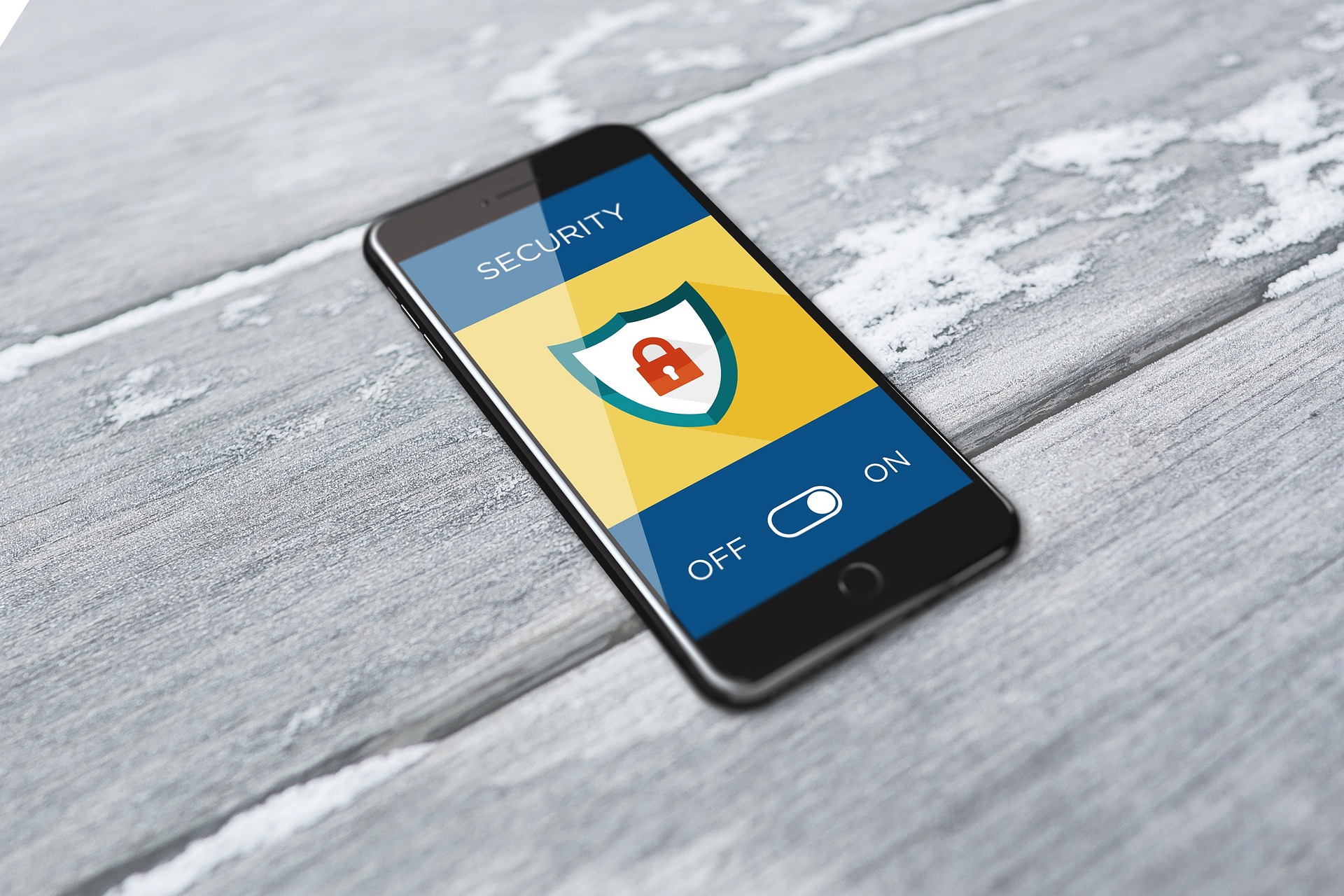The intersection of cybersecurity and banking highlights the importance of securing financial transactions conducted over the internet. Cybersecurity refers to the practice of protecting systems, networks, and data from digital attacks. In the context of banking, cybersecurity measures are crucial to prevent unauthorized access, fraud, and data breaches.
Common Cyber Threats to Bank Accounts
Cyber threats targeting bank accounts encompass a wide array of sophisticated techniques employed by cybercriminals to gain unauthorized access to financial information. Among the most prevalent threats are phishing attacks, where individuals are deceived into divulging sensitive information such as login credentials or financial details through fraudulent emails or websites.
Identity theft remains a pervasive threat in the realm of cybersecurity, with cybercriminals leveraging stolen personal information to commit fraudulent activities, including unauthorized access to bank accounts.
| Cyber Threat | Description | Example |
| Phishing Attacks | Deceptive emails or websites designed to trick individuals into divulging sensitive information such as login credentials or financial details. | Fake emails purportedly from a bank, requesting users to update their account information. |
| Malware | Malicious software that can infect computers or mobile devices, allowing cybercriminals to steal login credentials, monitor keystrokes, or manipulate online banking sessions. | Viruses, trojans, or ransomware distributed through email attachments or infected websites. |
| Identity Theft | Theft of personal information, such as social security numbers or addresses, to impersonate individuals and gain unauthorized access to their financial accounts. | Data breaches where hackers steal sensitive information from a bank’s database for fraudulent use. |
| Social Engineering | Psychological manipulation and deceit to exploit human vulnerabilities, tricking individuals into divulging sensitive information or granting unauthorized access. | Phone calls from impersonators posing as bank representatives, requesting account details. |
Understanding these common cyber threats is essential for individuals to recognize and mitigate risks to their bank accounts effectively. By staying informed and implementing appropriate security measures, users can protect themselves from falling victim to cybercriminal activities.
Keep Software Updated
Regularly updating software is critical for maintaining the security of bank accounts and protecting against cyber threats. Software updates often include patches for security vulnerabilities identified by software developers or security researchers. These vulnerabilities can be exploited by cybercriminals to gain access to users’ devices and compromise their financial information.
Enabling automatic updates ensures that software patches are applied promptly, reducing the window of opportunity for cyber attacks. However, some users may prefer manual updates to have more control over the process and ensure compatibility with other software or systems. Regardless of the method chosen, keeping software updated is essential for staying ahead of cyber threats and maintaining the security of bank accounts.
Moreover, in addition to patching security vulnerabilities, software updates often include improvements to performance, stability, and functionality. By staying up-to-date with the latest software versions, users can benefit from these enhancements and enjoy a smoother and more secure computing experience.
Furthermore, individuals should prioritize updating critical software components such as operating systems, web browsers, and antivirus programs. These are primary targets for cybercriminals seeking to exploit vulnerabilities and gain unauthorized access to users’ devices.
By making software updates a regular part of their cybersecurity routine, individuals can reduce the risk of security breaches, protect their financial information, and stay one step ahead of cyber threats.
Protect Yourself from Phishing Attempts
Phishing remains one of the most common and effective tactics employed by cybercriminals to compromise bank accounts. To safeguard your financial information, consider the following measures:
- Exercise Caution: Be wary of unsolicited emails or messages, especially those requesting sensitive information or urging immediate action.
- Verify Legitimacy: Check for common signs of phishing, such as grammatical errors, generic greetings, or suspicious links.
- Use Email Filters: Enable email filtering and spam detection mechanisms to identify and block suspicious messages.
- Stay Informed: Educate yourself about common phishing techniques and stay updated on the latest threats.
- Update Security Software: Regularly update security software to protect against phishing attempts and other cyber threats.
- Use Strong Passwords: Ensure passwords are strong and unique, and avoid sharing them with anyone.
- Enable Multi-Factor Authentication: Add an extra layer of security by enabling multi-factor authentication for your accounts.
By following these guidelines, you can reduce the risk of falling victim to phishing attacks and protect your bank accounts from unauthorized access or fraud.
Secure Internet Connection
Using a secure internet connection is essential for safeguarding the confidentiality and integrity of bank account information. Public Wi-Fi networks, such as those found in cafes, airports, or hotels, pose significant security risks due to their inherent lack of encryption and potential for interception by malicious actors. When accessing bank accounts or conducting financial transactions online, individuals should use a private, password-protected Wi-Fi
avoid accessing bank accounts or conducting sensitive transactions on public computers or shared devices, as these may be compromised or lack adequate security measures. Cybercriminals can install keylogging software or other malicious programs on public computers to capture sensitive information entered by users.
To ensure the security of online banking sessions, individuals should also verify the authenticity of banking websites by checking for HTTPS encryption and valid SSL certificates. HTTPS encryption encrypts data transmitted between the user’s device and the website’s server, protecting it from interception by third parties. Valid SSL certificates indicate that the website is legitimate and has been verified by a trusted certificate authority.
By taking these precautions and using secure internet connections, individuals can minimize the risk of unauthorized access to their bank accounts and protect their financial information from cyber threats.
Regularly Monitor Your Accounts
Regular monitoring of bank account activity is essential for detecting unauthorized transactions or suspicious activity promptly. Many banks offer mobile apps or online banking portals that allow users to view their account balances, transaction history, and account statements in real-time.
By reviewing account activity regularly, individuals can identify any unusual or unauthorized transactions and take immediate action to mitigate the impact. In addition to monitoring account activity manually, individuals can set up account alerts to receive notifications for specific types of transactions or account activities.
These alerts can include notifications for large withdrawals, unusual account logins, or changes to account settings. By enabling account alerts, individuals can stay informed about their account activity and quickly respond to any suspicious behavior.
Using Trusted Devices
Using trusted devices is crucial for safeguarding the security of your bank accounts from potential threats. Here are some important steps to consider:
- Choose Secure Devices: Opt for personal computers, laptops, or mobile devices that are regularly updated and equipped with up-to-date antivirus software.
- Secure Your Devices: Ensure that your chosen devices have strong passwords and security features enabled to prevent unauthorized access.
- Avoid Public or Shared Devices: Refrain from accessing your bank accounts on public computers or shared devices, especially in locations like libraries or internet cafes where security may be compromised.
- Be Wary of Untrusted Networks: Exercise caution when connecting to public Wi-Fi networks, as they may lack encryption and expose your sensitive information to potential attackers.
By adhering to these guidelines and using trusted devices, you can significantly reduce the risk of unauthorized access to your bank accounts and protect your financial information from cyber threats.
Limit Access to Your Information
Protecting personal and financial information from unauthorized access is paramount to safeguarding bank accounts against fraud and identity theft. Individuals should be cautious about sharing sensitive information online and refrain from disclosing it unless absolutely necessary. Avoiding sharing sensitive information, such as account numbers, passwords, or social security numbers, through email, social media, or unfamiliar websites is essential to prevent it from falling into the wrong hands.
Moreover, individuals should exercise caution when asked to provide personal information over the phone or in person, especially if the request seems suspicious or comes from an unfamiliar source. Legitimate financial institutions will never ask for sensitive information via these channels and will often have secure methods for verifying a customer’s identity.
By limiting access to personal and financial information, individuals can reduce the risk of unauthorized access to their bank accounts and protect themselves against identity theft and fraud.
Utilize Security Software
Installing reputable antivirus and antimalware software is essential for protecting devices from malicious software that could compromise the security of bank accounts. These programs provide real-time protection against viruses, spyware, ransomware, and other types of malware that could steal sensitive information or compromise the security of online banking sessions.
When choosing security software, individuals should look for features such as real-time scanning, automatic updates, and phishing protection to enhance overall cybersecurity defenses. Additionally, individuals should keep their security software up-to-date to ensure it can effectively detect and block the latest threats.
By utilizing security software, individuals can add an extra layer of protection to their devices and reduce the risk of falling victim to cyber threats that could compromise their bank accounts.
Backup Your Data
Regularly backing up important data, including financial records and transaction history, is essential for ensuring that information remains accessible in the event of data loss or ransomware attacks. Backup copies should be stored securely, preferably in encrypted storage or cloud services, to prevent unauthorized access.
There are various methods for backing up data, including external hard drives, cloud storage solutions, and automatic backup services provided by operating systems or third-party software. Individuals should choose a backup solution that suits their needs and preferences and regularly update their backups to include new or modified data.
By backing up data regularly, individuals can mitigate the risk of data loss due to hardware failure, malware infections, or other unforeseen circumstances, ensuring that their financial information remains safe and accessible when needed.
Educate Yourself and Stay Informed
To maintain a proactive stance against cyber threats, it’s vital to continuously educate yourself and stay informed about cybersecurity best practices. Here are some essential steps to take:
- Stay Updated: Regularly seek out information on the latest trends and developments in cybercrime from reputable sources such as cybersecurity websites, government agencies, and financial institutions.
- Participate in Awareness Programs: Engage in cybersecurity awareness programs, workshops, or online courses to deepen your understanding of online banking risks and learn effective mitigation strategies.
- Learn about Password Security: Educate yourself about the importance of strong passwords, password hygiene, and the risks associated with password reuse.
- Understand Safe Browsing Habits: Familiarize yourself with safe browsing habits, including how to identify suspicious websites, avoid clicking on unknown links, and recognize phishing attempts.
- Recognize Social Engineering Tactics: Learn to recognize common social engineering tactics used by cybercriminals to manipulate individuals into divulging sensitive information or granting unauthorized access.
- Implement Security Measures: Implement robust security measures on your devices and accounts, such as enabling multi-factor authentication, using encryption tools, and regularly updating software.
- Stay Vigilant: Remain vigilant and proactive in monitoring your bank accounts for any signs of unauthorized activity or suspicious transactions.
By prioritizing continuous education and awareness, you can empower yourself to recognize and mitigate potential cyber threats effectively, safeguarding your bank accounts from unauthorized access and fraudulent activity.
Report Suspicious Activity Immediately
If you suspect unauthorized activity or fraudulent transactions on your bank account, it is crucial to take immediate action to mitigate the damage. Contact your bank’s fraud department as soon as possible to report the suspicious activity and initiate an investigation. Most banks have dedicated channels for reporting fraud and resolving security issues promptly, such as a fraud hotline or online reporting portal.
In addition to contacting your bank, consider taking steps to protect your account, such as freezing it temporarily to prevent further unauthorized transactions. Monitoring your credit report for any signs of identity theft or fraudulent activity can also help you identify potential issues and take appropriate action to address them.
Promptly reporting suspicious activity to your bank and taking proactive measures to protect your account can help minimize the impact of fraud and unauthorized access, safeguarding your financial assets and personal information.




